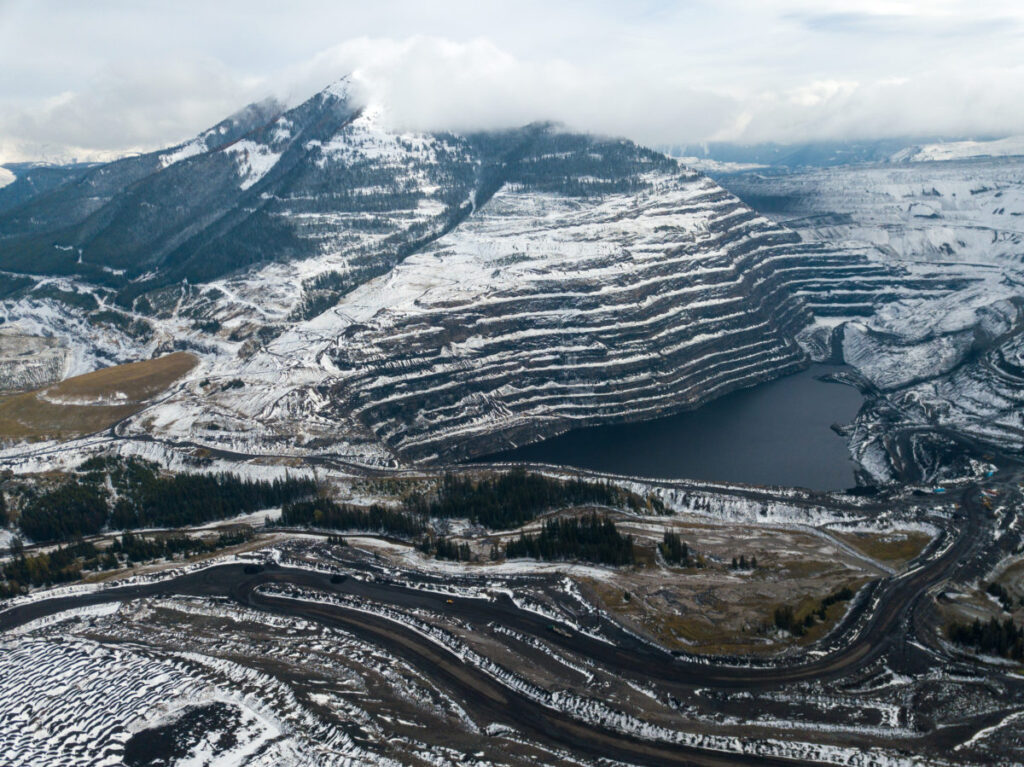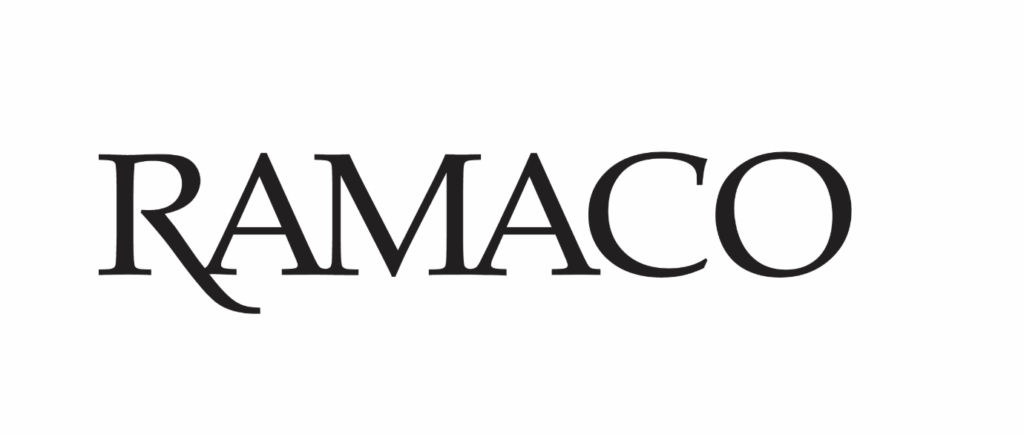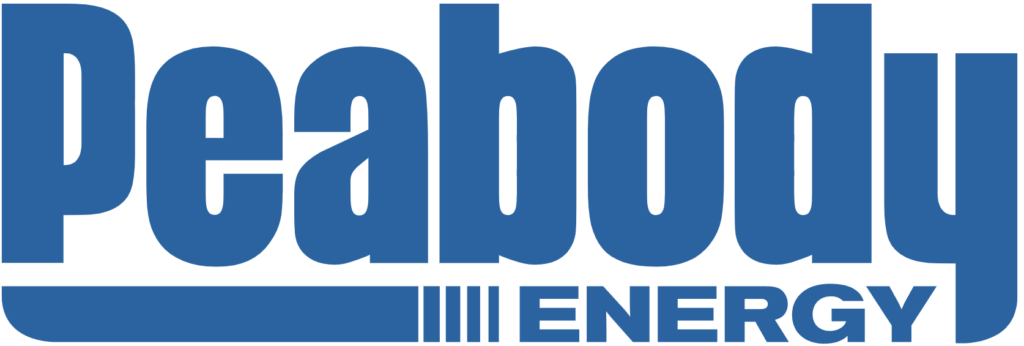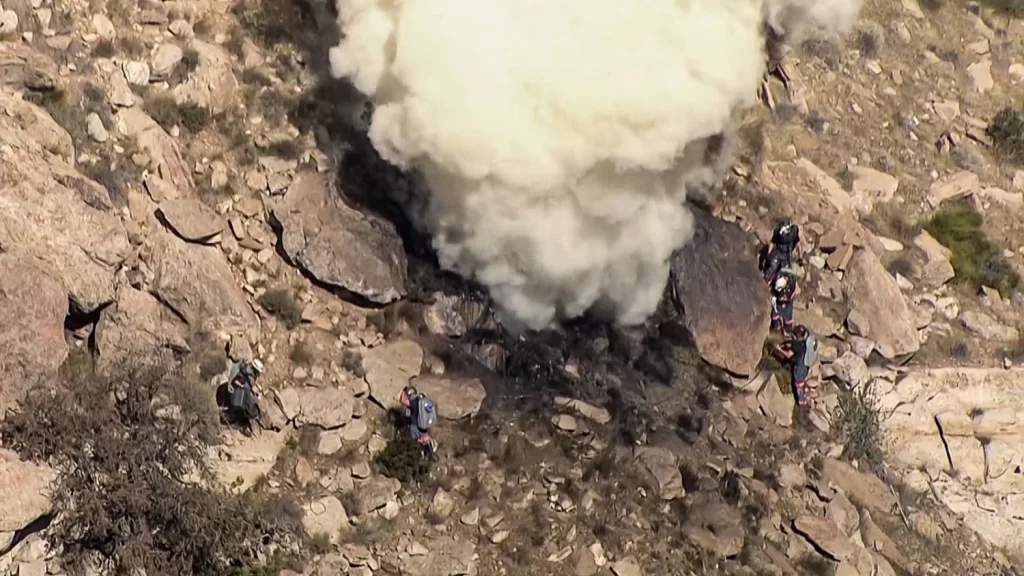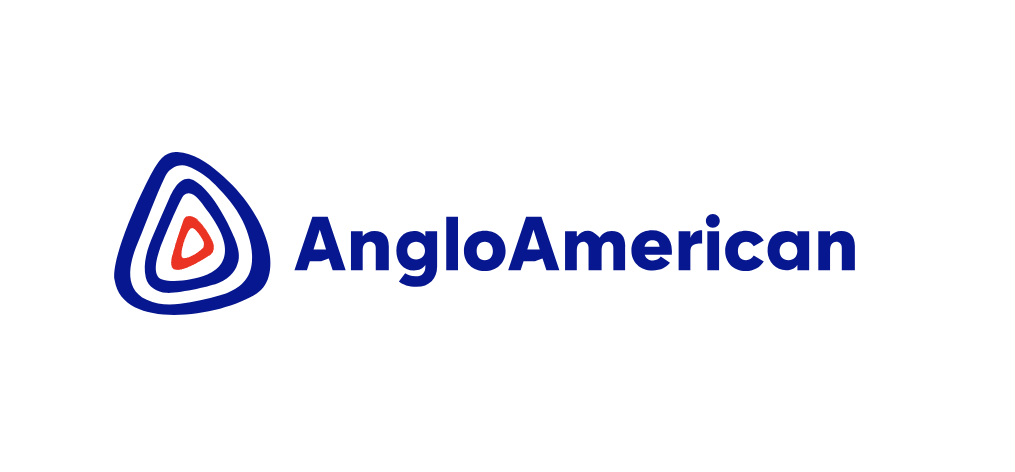A mining company wants to open a new coal mine in B.C.’s Rocky Mountains to extract, process and export coal in high demand by Asian steelmakers. The proposed metallurgical mine in Elk Valley, nestled between other coal mines near Crowsnest Pass, is currently being examined by the federal Impact Assessment Agency and B.C.’s Environmental Assessment Office. The agencies are accepting public comments on the B.C.-based company’s project application until Feb. 28.
NWP Coal Canada Limited — controlled by Australian mining company Jameson Resources — would mine a “relatively small shallow coal deposit,” process it into high-quality coking coal for steelmaking and ship it by rail to B.C.’s coast for export to Asia, where it says demand is high.
Unlike thermal coal, which is used to produce electricity, coking or metallurgical coal is used in steel production. Metallurgical coal was once considered an essential ingredient in steelmaking, but all coal emits a dangerous amount of planet-warming greenhouse gases and greener alternatives like electric furnaces exist and are being adopted by steelmakers all over the world, including in Canada.
NWP Coal Canada’s application acknowledges the anticipated shift to decarbonize steelmaking but says that transition “will take many years,” particularly in Asia “where more than 75 percent of steel is produced in blast furnaces [and] the demand for coking coal is expected to continue to grow until at least 2050.”
If approved, the mine would operate for 15 years and extract up to four million tonnes of raw coal each year. After processing, just under two million tonnes of coking coal will be available to export overseas. China, Japan, South Korea, India and Taiwan are among the top export countries for Canada’s metallurgical coal, according to coal export data analyzed by Canada’s National Observer.
Steel production is responsible for an estimated 11 percent of global CO2 emissions and under the International Energy Agency’s net-zero emissions scenario, the steel industry’s emissions intensity must fall by about a quarter by 2030. The year 2050 may feel far away, but the International Energy Agency notes that for industry, this is only one investment cycle, so the decisions made now will have implications for the need to drastically reduce global emissions by 2050.
“Around 60 percent of steel production facilities globally and half of cement kilns will undergo investment decisions this decade, which to a large degree will shape the outlook for coal use in heavy industry,” reads the IEA’s overview on steel. “Without any modification to their current mode of operation, these existing assets would generate 66 Gt (gigatonnes) of CO2 emissions through their remaining lifetime.”
Beyond the climate implications new coal projects bring, a number of former coal mines are still posing environmental concerns in the region. Former coal mining activities in the Alberta Rockies are releasing a toxic contaminant into the Crowsnest River watershed — and have been for decades — in quantities that massively exceed what federal and provincial governments say is safe, according to new research, reported on by The Canadian Press. This contaminant is called selenium, and it is highly toxic to fish. The study measured concentrations ranging from 112 to 185 micrograms per litre of water. To protect aquatic life, selenium concentrations should not exceed one to two micrograms, according to the federal government and Alberta. Selenium is also a well-documented problem in B.C., where just across the provincial border, Teck Resources has four open-pit coal mines operating. A fifth Teck mine in the region was closed in 2019. Teck recently struck a deal to sell its coal mines to Glencore last year.

